You wake up in the middle of the night, walk to the bathroom, and turn on the light, only to stumble back and wince at how bright the light is. For situations like this, many homeowners are making a move toward light dimmers by companies like Enerlites, which lower the amount of current that’s allowed to transfer into the light bulb.
A dimmer can be useful for any person to create mood lighting and an overall more comfortable environment. Choosing a light dimmer can be a difficult task due to the number of options available and the factors that go into it. Keep reading to find out what goes into this choice and how you can start your research to buy the right dimmer.
Why Use a Light Dimmer?
One of the biggest benefits of using a light dimmer is reducing electricity usage and power consumption. Not only is this an easy eco-friendly switch to make from standard lighting, but it lowers utility bills as well.
Using a dimmer also maximizes the amount of usage you’ll get out of your lights. This is because it reduces the length of time that the bulbs are being used at their maximum. This can result in up to 3 to 4 years of extra usage.
Utilizing a dimmer can also add a sense of atmospheric calm to reduce harsh lighting and set a specific tone or feeling within the room. Without having to add multiple lamps and configurations to one space, you can make a space the way you want it.
How Do You Choose a Dimmer?
There are multiple factors to consider when deciding on a light dimmer for your living space. Choosing incorrectly may make it difficult or impossible to configure or activate the lights.
It may also cause damage to the light bulbs or fixtures themselves. These factors include the type of dimmer, the control style of the dimmer, the type of bulb, and the wattage.
Types of Dimmers
Dimmers come in a variety of sorts, which vary depending on how many light fixtures they control and the location of those lights. There are two broad categories under which these specific types fall called trailing and leading edge.
Leading edge dimmers are usually designed for halogen and incandescent bulbs and provide more power and are less expensive. Trailing edge dimmers are designed for LED bulbs, and as such, they use less power. More specifically, light switch dimmers can be sorted into the following types.
Single-poles are the simplest type of dimmers and control only one light fixture from one location, hence the name. These are often coupled with simpler designs of controls such as a rotary, slider, and rocker.
Three and four-way dimmers, also known as three and four-way switches, can control a single fixture from two or three locations, respectively.
Multi-location dimmers differ from three-way switches in that these allow for more than one dimmer on a singular circuit. This means that the full range of dimming control is possible from multiple locations.
Plug-in dimmers are used exclusively to dim lamp lights as opposed to ceiling fixtures.
Control Style
The control style, meaning the specific type of dimmer style used, can vary significantly based on the environment. Selecting the correct dimmer is a matter of understanding the location it will be based in. Several types exist, such as rotary, sliding, wall-control, or occupancy.
Rotary dimmers are the most common type you’ll see. They’re easy and intuitive to get the handle of as they rotate via a knob clockwise and counterclockwise, which controls the intensity of the light.
Sliding-controlled dimmers operate slightly differently, in that as opposed to a knob or dial, it features a dial that moves up and down.
Rockers are commonly used for living spaces due to the simplicity of their design. They’re a modified version of the classic light switch that’s much larger and flatter while retaining the element of an ‘on off’ style.
Occupancy sensor switches are best used for spaces where you’re the most considerate about lowering power usage or you can expect to be away for extended periods.
Types of Bulbs
Due to the varying types of dimmer switches and control styles, the type of bulb used for each isn’t the same. But regardless of size or other specific factors, there are three common light bulb types used for their compatibility with light dimmers.
Compact Fluorescent lights, known as CFLs, are dimmable if they have a dimmable ballast, which is a part that regulates the current to the bulb. But they have to be compatible with the type of dimmer, as well, as a mismatch between the lights a dimmer is made for and the bulb attempted to use with it will lead to the light not working or not working correctly.
LEDs are also dimmable in certain contexts when they’re specifically designed for dimming. These are dimmable to as low as 0.5% of their power, but some are limited to 10%.
Magnetic and Electronic Low-Voltage lights require a transformer, either magnetic or electric, depending on the bulb. This is to control the voltage, similar to a ballast.
Halogen/Incandescent are the traditional bulbs used for dimming lights, and most dimmer switches are set up to accommodate them. These are used primarily with rotary and sliding dimmers; however, they’re known as the least efficient of light bulbs and many are being made with different gases to increase their efficiency.
Wattage
The last main consideration in choosing the right light dimmer is the wattage of the bulb. This is dependent on the type of dimmer switch used, the type of bulb, and how many lights are being used. Lumens are also an important consideration. There are several common wattage ratings for dimmers, but most are rated for 600 watts.
Some switches are designed for usage with only certain types of bulbs, such as incandescent, but other than that you’ll also want to make sure that the rating is equal to or greater than the total wattage of all of the bulbs the dimmer would be linked to.
The Power’s in Your Hands
Installing a light dimmer in your living space can transform the feel and atmosphere as well as keep your utility costs down. If you’re ready to take customizing your home to the next level, choose America’s online light store, lightingandsupplies.com.
With over 45 years of experience, we pride ourselves on offering an incredible amount of well-priced products as well as support to help you choose and install them. Browse our catalog of residential lighting options today to find the right lights for your needs.













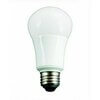

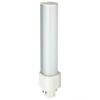


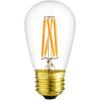
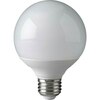
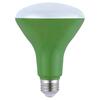
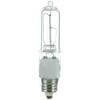
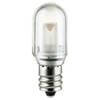
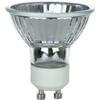
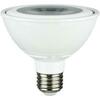
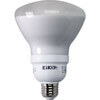
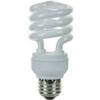
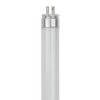
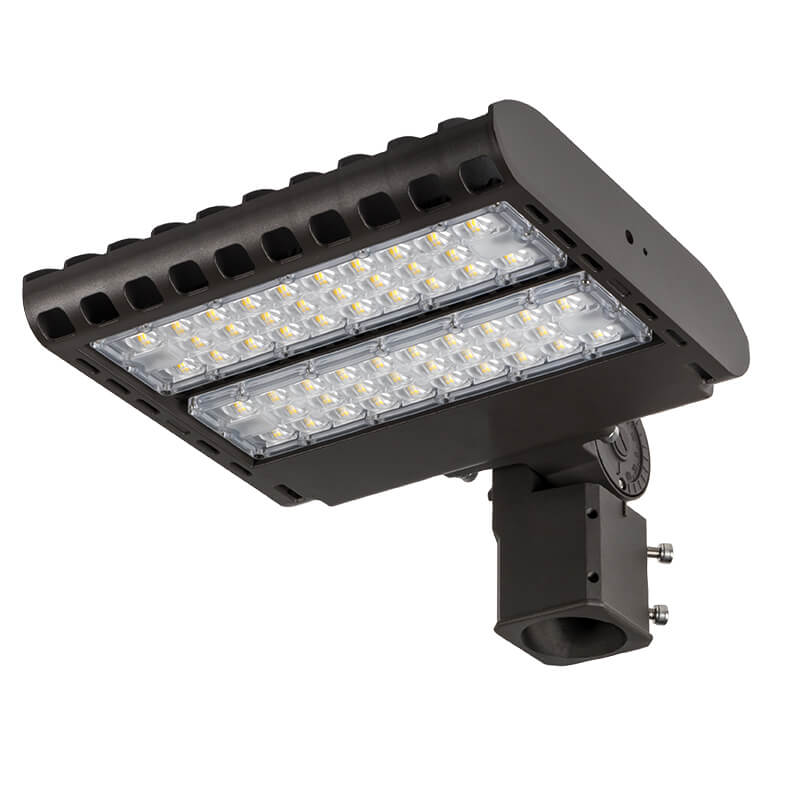
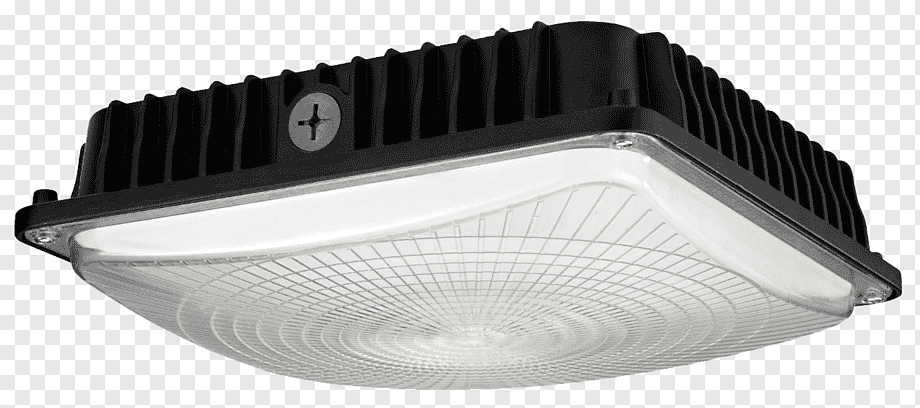
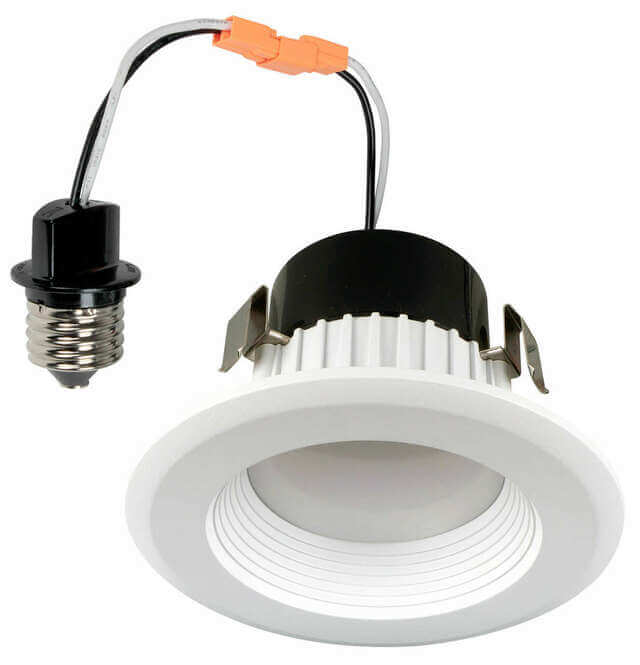
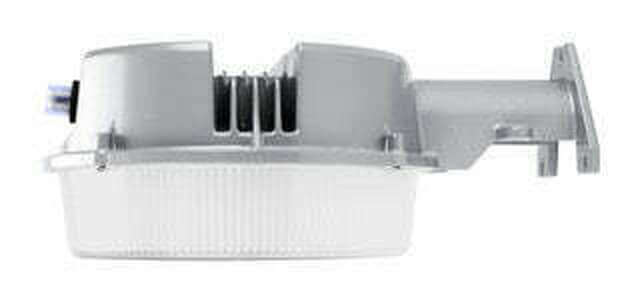


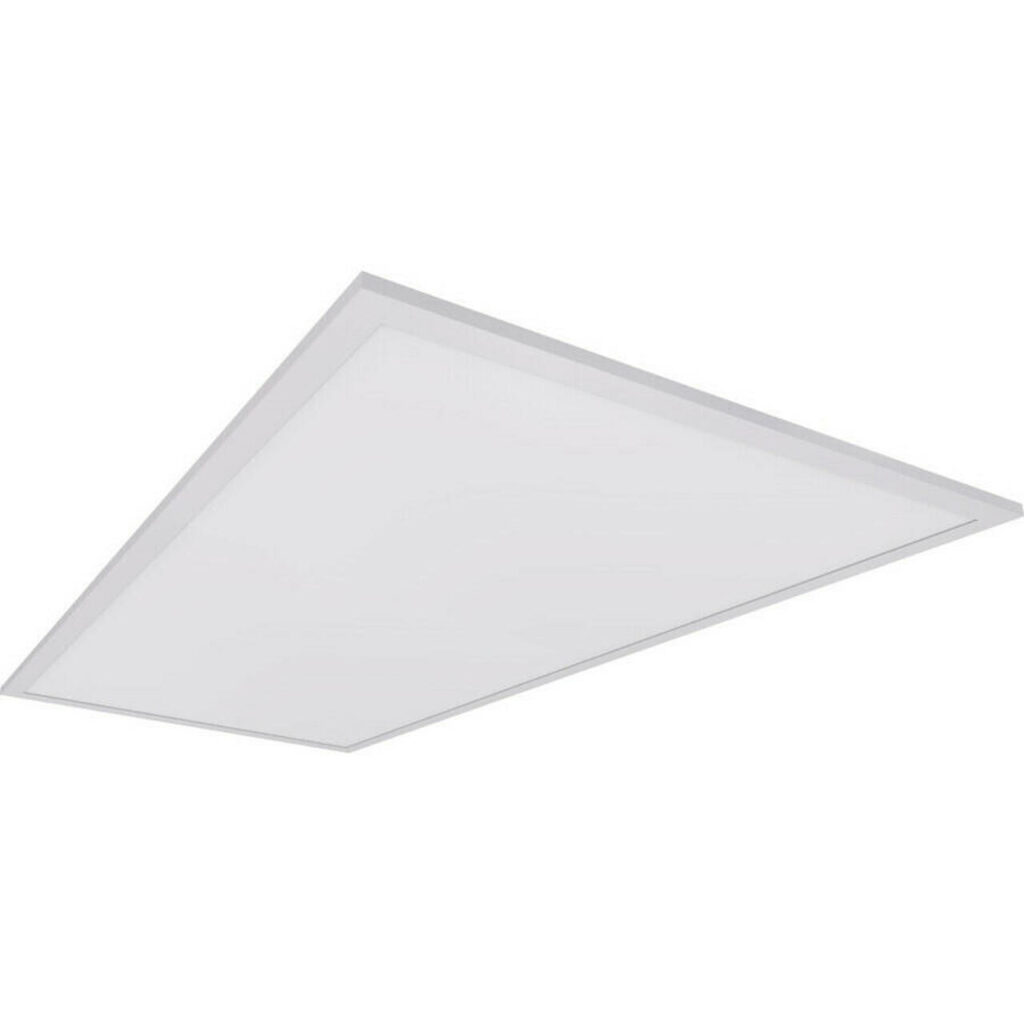
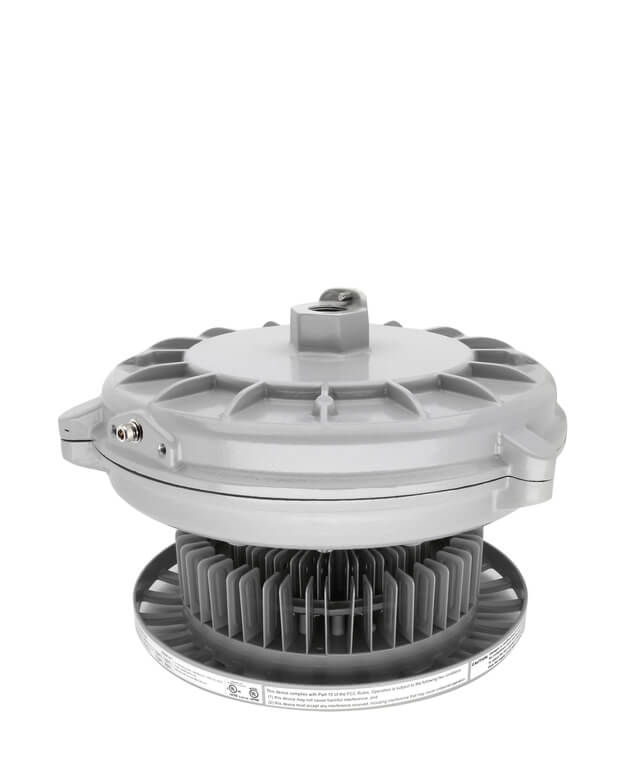
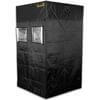
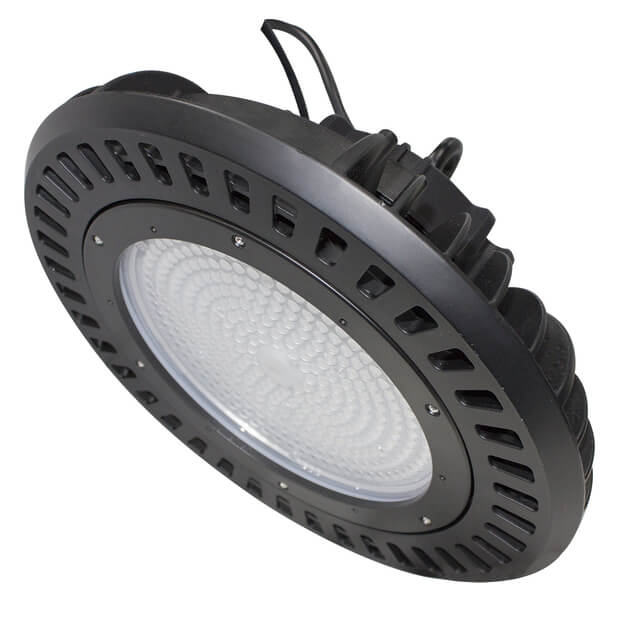
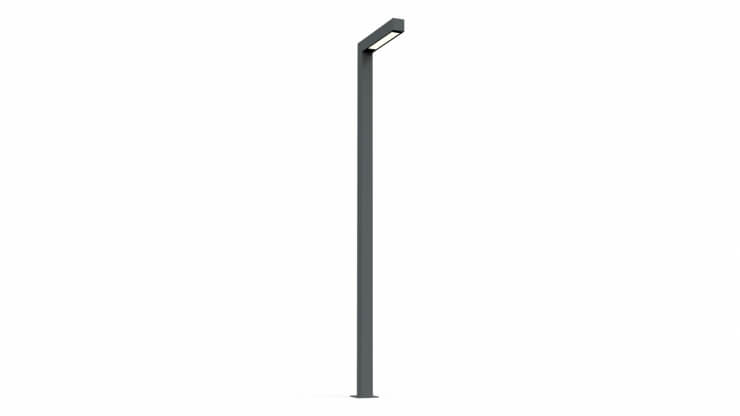
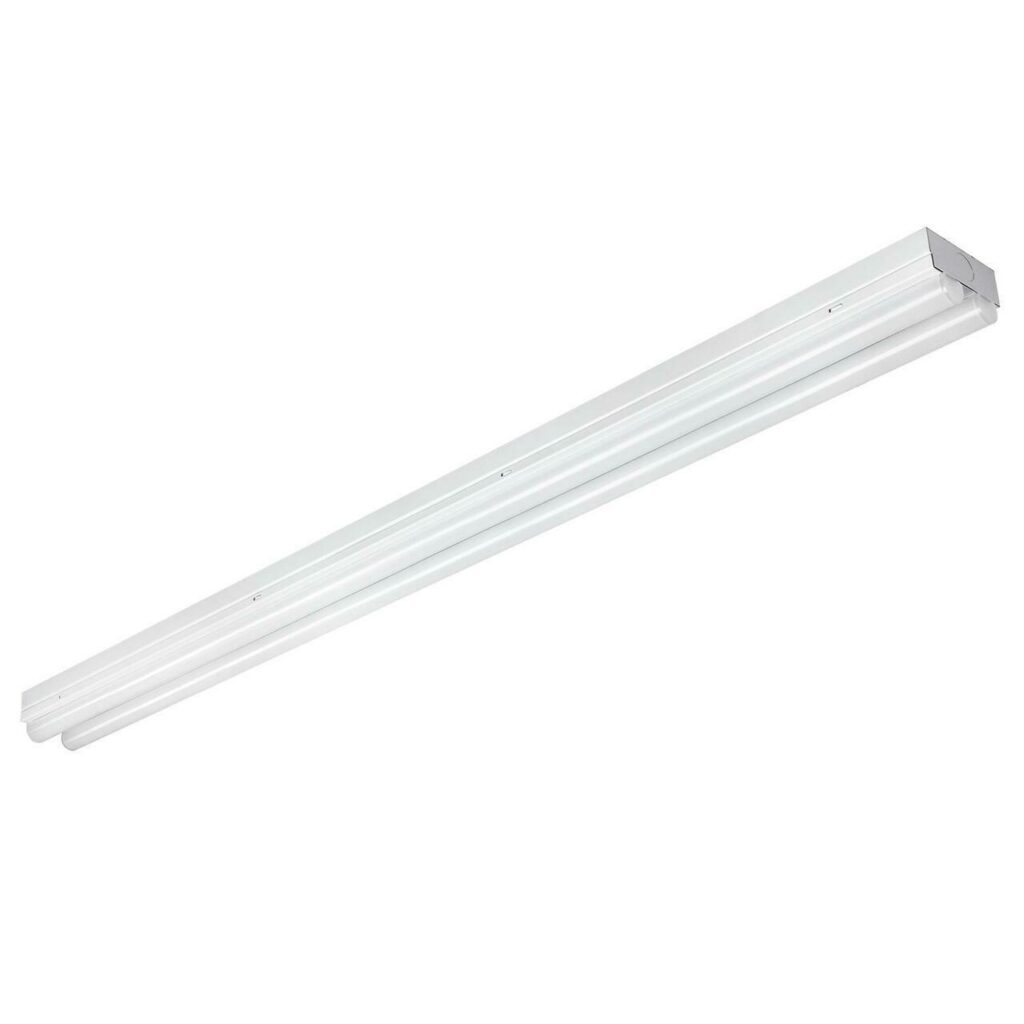
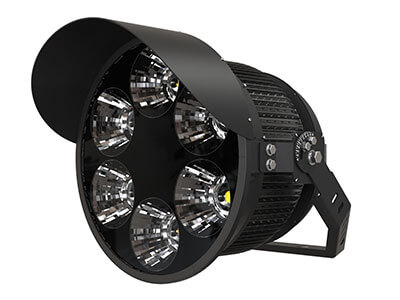
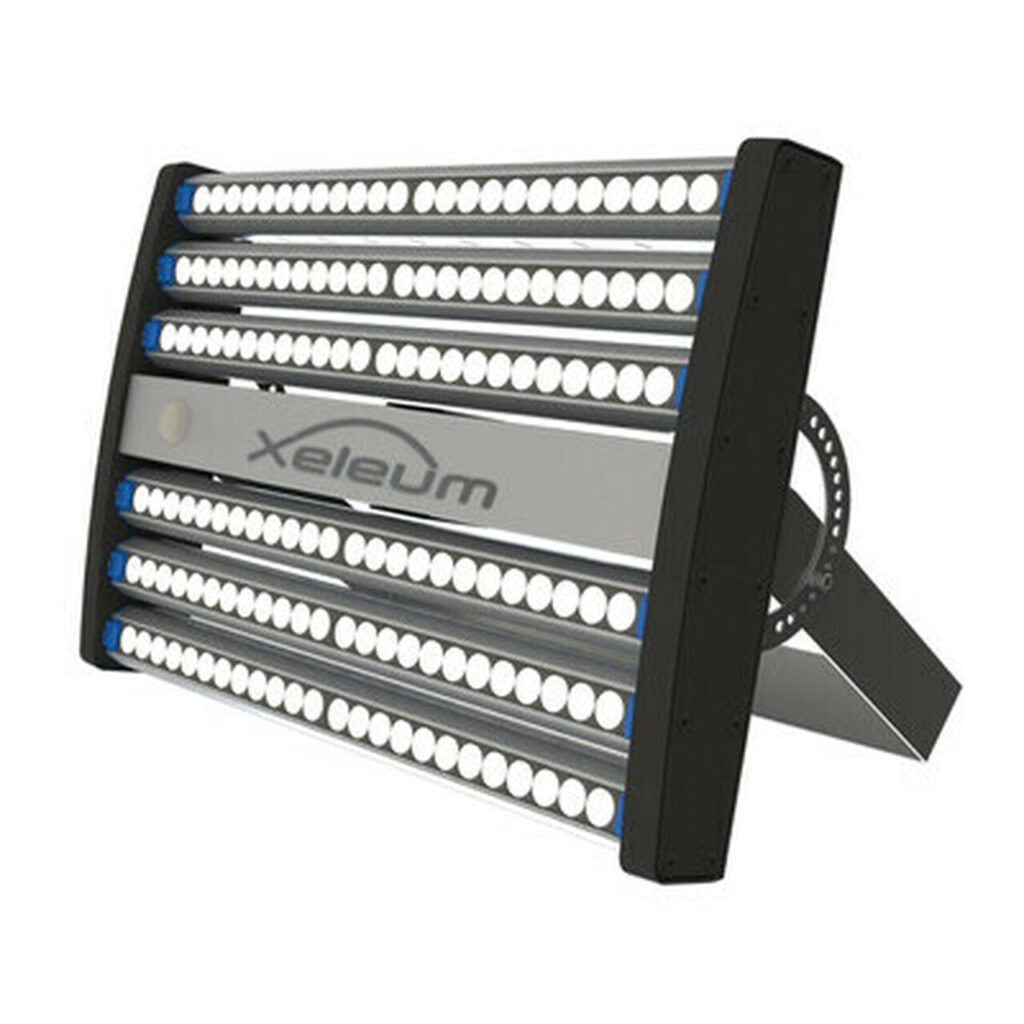

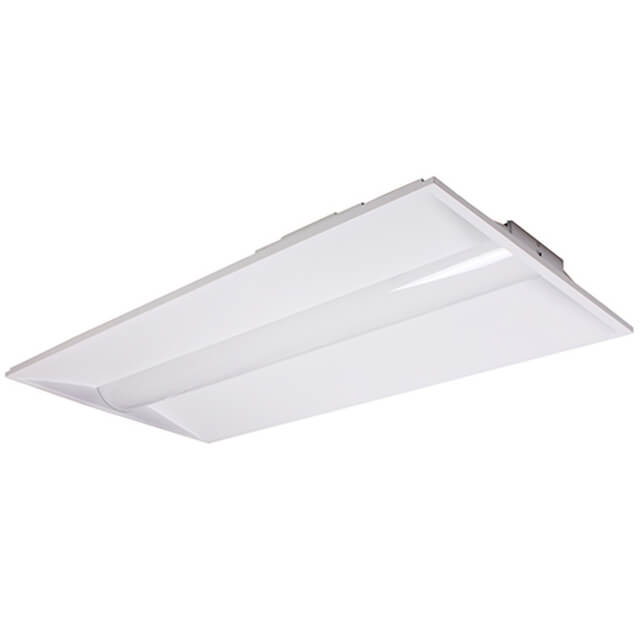
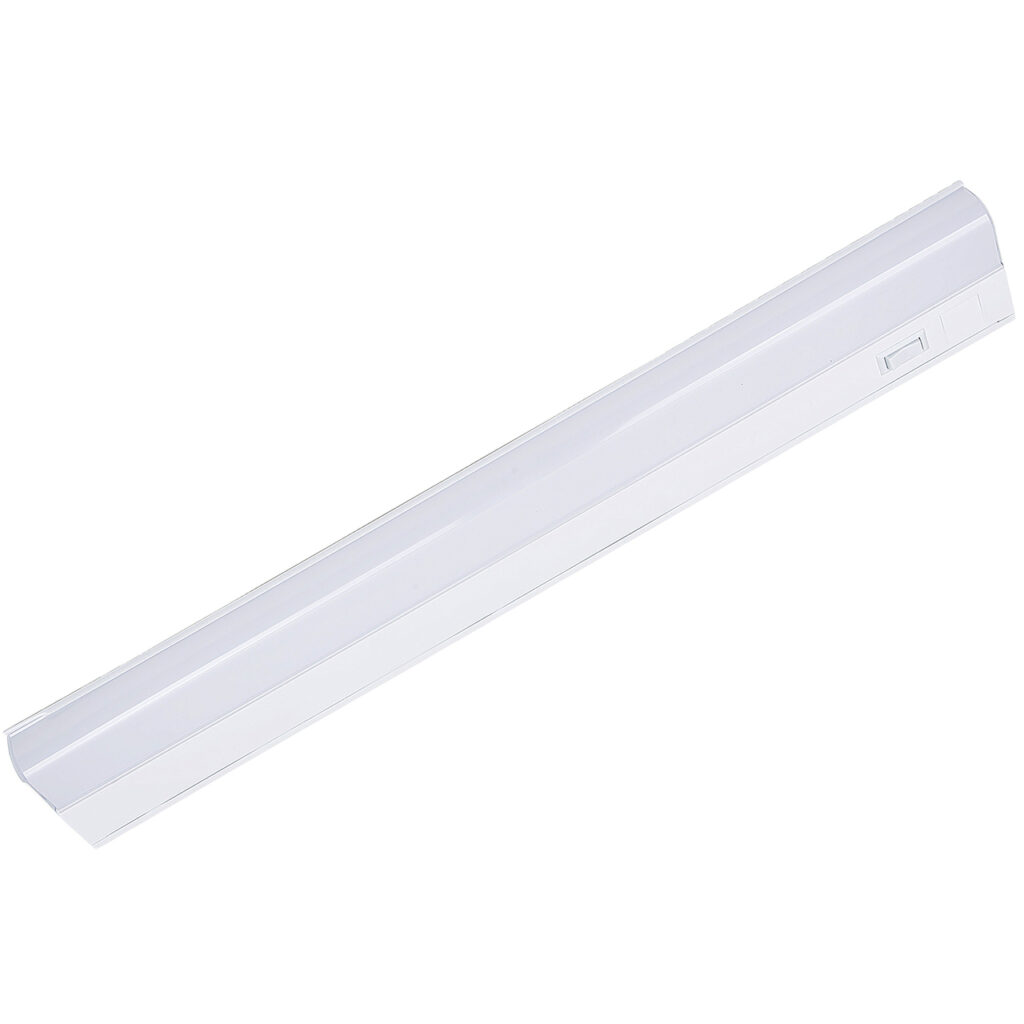
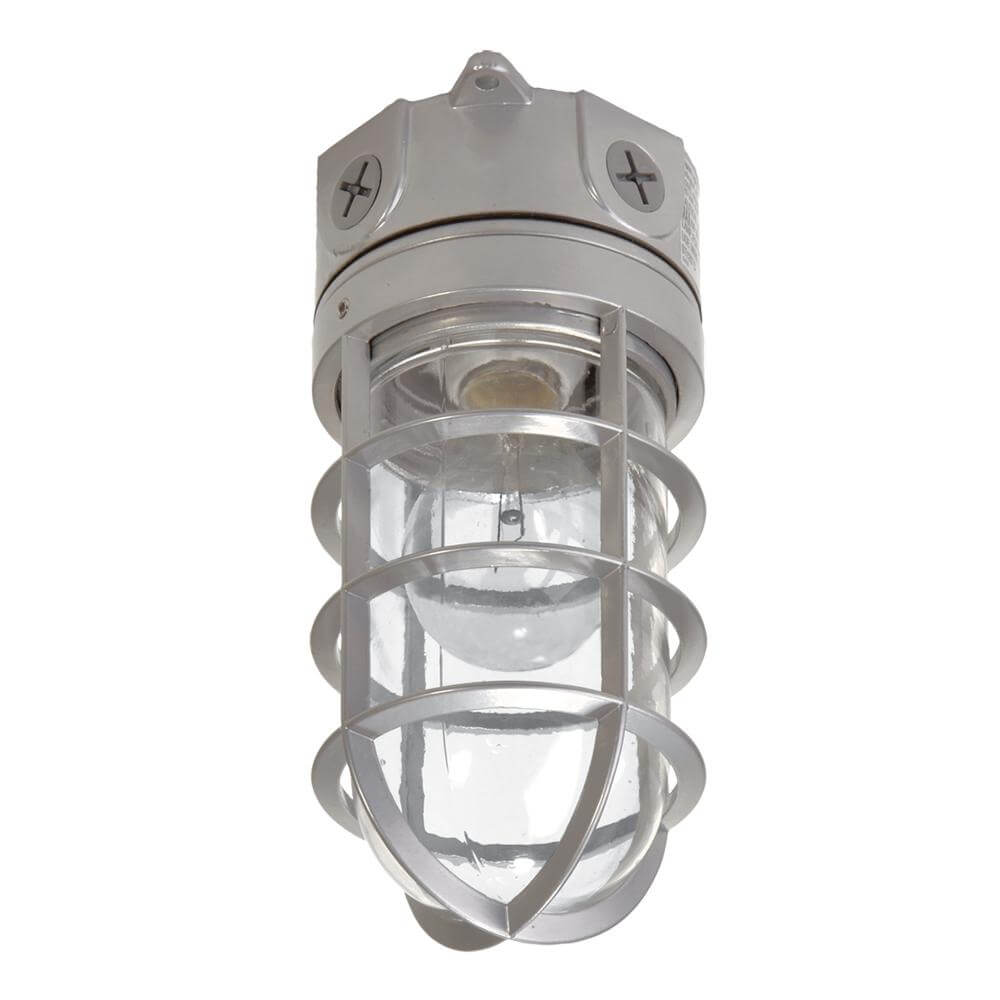
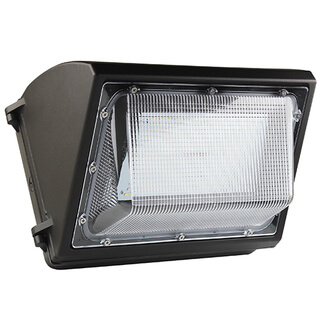
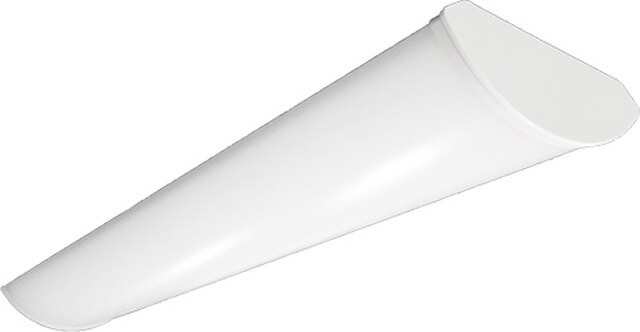
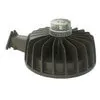

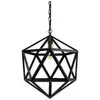

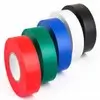
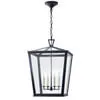
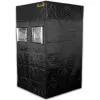

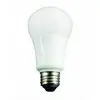
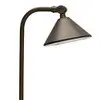
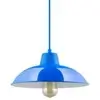
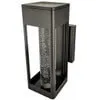

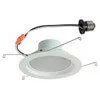

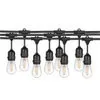
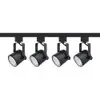
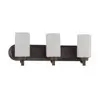
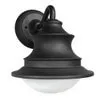
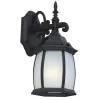
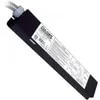
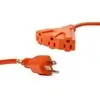
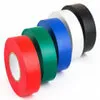
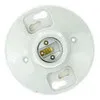



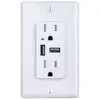
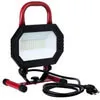
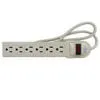
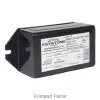
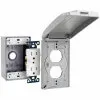
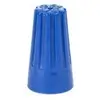
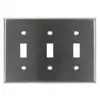
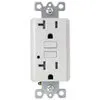
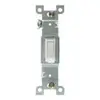

One response to “How to Choose the Right Light Dimmer for Your Living Space”
I appreciate you sharing this blog post. Thanks Again. Cool.